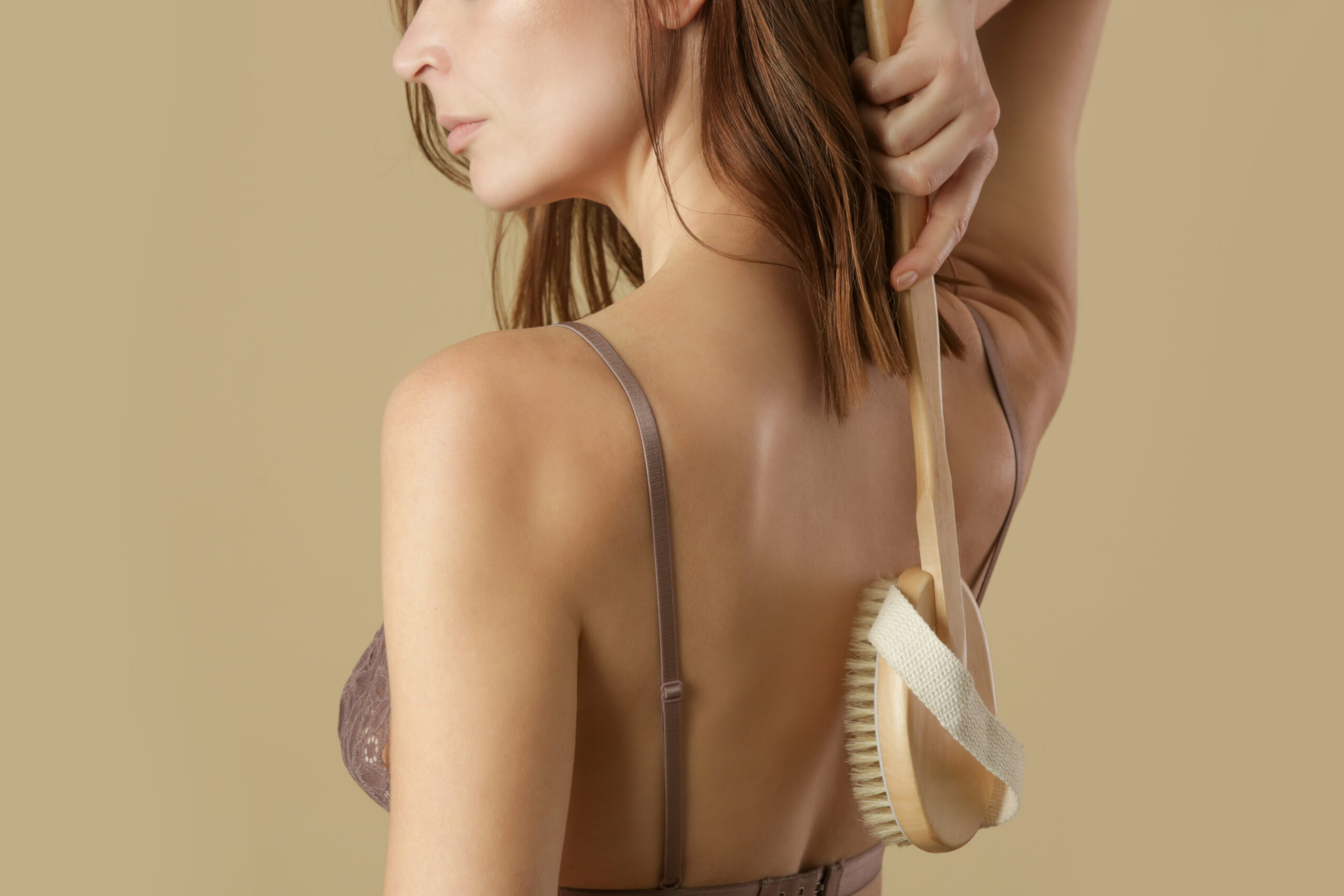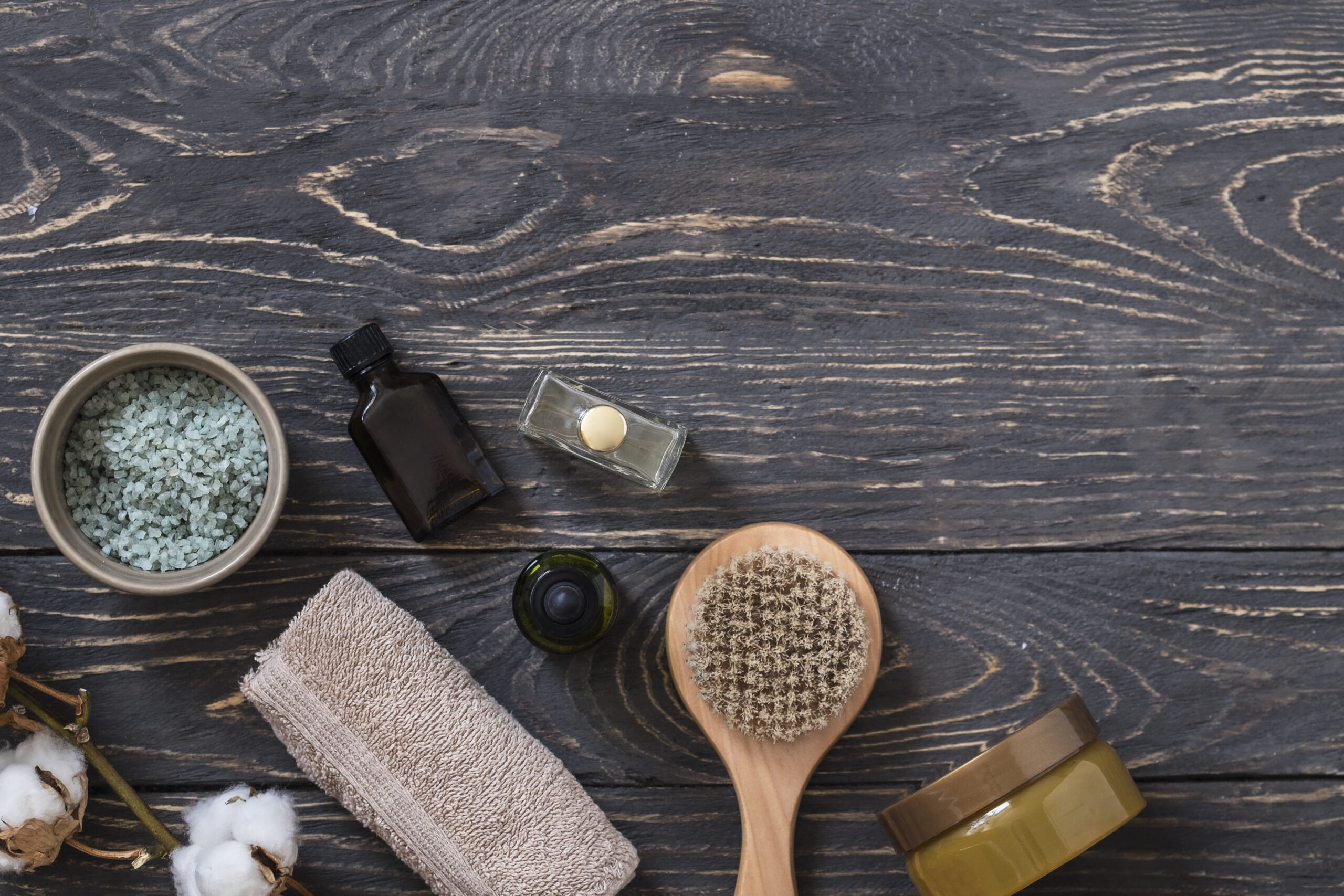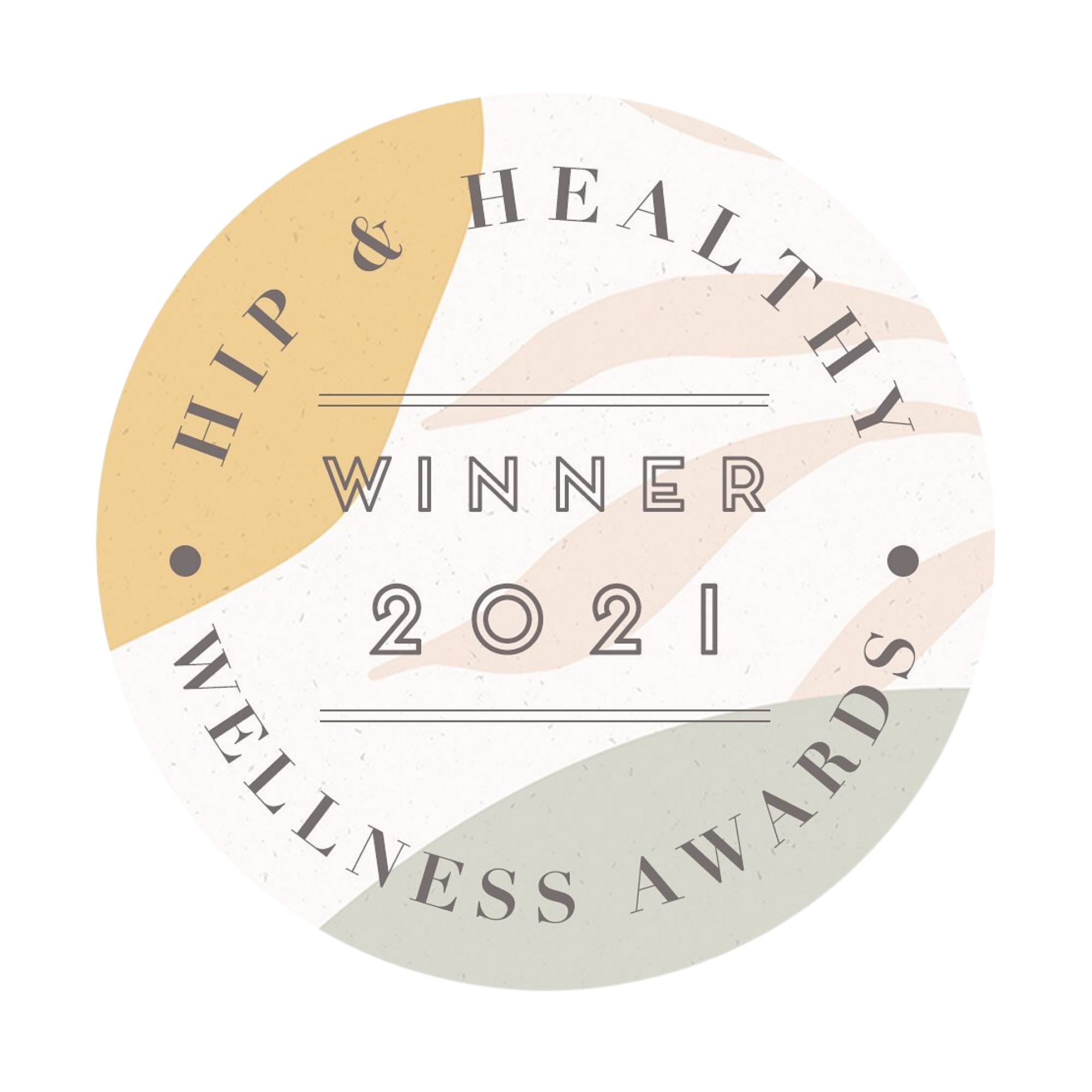


A large part of the lymphatic system – the peripheral or superficial lymphatics – lie just beneath the surface of the skin so body brushing is ideal to boost the flow of lymph through these tiny vessels as well as stimulating a number of the main lymph node sites.

How to buy a Body Ballancer®
Find Out moreSimple ways to improve lymphatic health: Body Brushing
As well as the other main detoxing organs of the body – liver, kidneys, colon and lungs – our skin is also responsible for the removal of waste from the body. In fact it is estimated that almost a quarter of the waste we excrete every day is eliminated by the skin in the form of dead skin cells and sweat (made up of excess fluid and minerals).
Body brushing (or ‘dry skin brushing’) has long been known to have a number of aesthetic benefits, such as:
- removing dead skin cells
- unblocking the pores and facilitate the removal of toxins
- softening, smoothing and brightening the skin
- boosting circulation
But body brushing is also a fantastic way to stimulate lymphatic flow, with all its associated benefits, including enhanced immune system function, improved digestion and stress relief.
How does it work?
A large part of the lymphatic system – the peripheral or superficial lymphatics – lie just beneath the surface of the skin so body brushing is ideal to boost the flow of lymph through these tiny vessels as well as stimulating a number of the main lymph node sites, located as follows:
- Neck (submandibular)
- Armpits (axillary)
- Elbow (supratrochlear)
- Groin (inguinal)
- Knee (popliteal)
Lymph nodes are responsible not only for filtering and cleaning the lymph of unwanted substances such as cell debris and other toxins but are also instrumental in fighting infection by attacking and destroying pathogens that could otherwise cause infection or disease.
How is it done?
Most traditional methods of body brushing advocate always brushing upwards, using long, continuous strokes – usually starting at the feet – continuing up the limbs and torso towards the heart. Whilst this is a good general rule, to truly give the lymphatic system a work out this needs to be modified a little.
A more lymph-friendly way is to start is at the collar bones as this area is adjacent to the two main ducts that return the body’s lymph to the blood stream. This will have the effect of ensuring that these important lymphatic vessels are cleared in preparation for the movement of lymphatic fluid in from the rest of the body.
Starting on the left hand side (where the largest duct – the thoracic duct is located), gently brush the collar bone from the outside edge in towards the centre. Do this a few times then repeat on the right hand side. Follow this by lightly brushing the neck, starting from just under the jawline, moving down towards the collarbone.
The remaining lymph node areas can then be gently stimulated by gently brushing in the crease of the armpits, elbows, groin and knee. You are now ready to start the main routine as follows:
- Lower leg: Work in an upward direction, starting at the soles and top of the foot, and ending at the knee cap (front) and knee crease (back)
- Thigh: Work in an upward direction, starting at the knees, and ending at the crease of the groin (front) and buttocks (back)
- Lower abdomen: Work downwards from the belly button towards the groin and pubic area
- Upper abdomen: Work upwards from the belly button to just below the breast crease
- Back: Work from the waist area upwards and slightly outwards towards the armpits. This stroke will require the use of a long handled brush.
- Chest: Working downwards and outwards from the collarbone, brush gently towards the armpit. Care should be taken when brushing this area as the skin tends to be very thin and sensitive. If necessary, simply brushing with the hand will be sufficient.
- Forearm: Starting on the inner part of the arm, brush upwards from the wrist to the inner elbow then from the top of the wrist to the elbow joint.
- Upper arm: Lift the arm and gently brush from the elbow crease to the armpit, then from the elbow bone to the shoulder.
Two or three brush strokes for each area is ideal and if time permits, a repeat brushing of the collarbone to conclude the routine would be helpful for maximising the return of lymph into the blood circulation.
When is the best time to body brush?
As the very act of brushing the skin can have an energising, invigorating effect, it is probably not ideal just before turning in for the night. It is therefore recommended that it is done as part of your morning routine before showering. This will provide the following additional benefits:
- The movement and gravity needed to keep our lymph flowing are at a minimum when we sleep, so first thing in the morning is an ideal time to give the lymphatic system an extra ‘push’ to get it started for the day
- Showering immediately afterwards will remove the dead skin cells and cleans the pores whilst the warm water of the shower will further boost circulation.
- Body oils and creams will absorb more readily as pores are now clear and open, leaving the skin softer and more hydrated as a result
Most guides will encourage daily brushing for optimum results, but alternate days or even twice a week if that is all you can manage is better than nothing.
What type of brush should I use?
You can use a number of different shapes and sizes, but a long-handled, natural bristle brush is best to enable you to get to hard to reach places such as the back, soles of the feet and back of the legs.
The bristles should be hard enough to provide an invigorating sensation – sometimes described as ‘comfortably uncomfortable’ but not so hard that they could scratch or break the skin. Remember when using a new brush for the first few times to take extra care as the bristles will need a few sessions to soften.
Keeping your brush in good condition
There are a few simple rules that, if followed will prolong the life and efficacy of your brush:
- Do not leave exposed to water for long periods; preferably store with the bristles down on a flat, dry surface
- Keep the brush clean by washing at least once a week with an antibacterial soap
- Air dry rather than placing on top of a radiator or similar as this may cause the wood to crack
- Replace every 6-12 months based on frequency of use as the bristles will begin to wear and less able to remove the dead skin cells.
Happy brushing!
